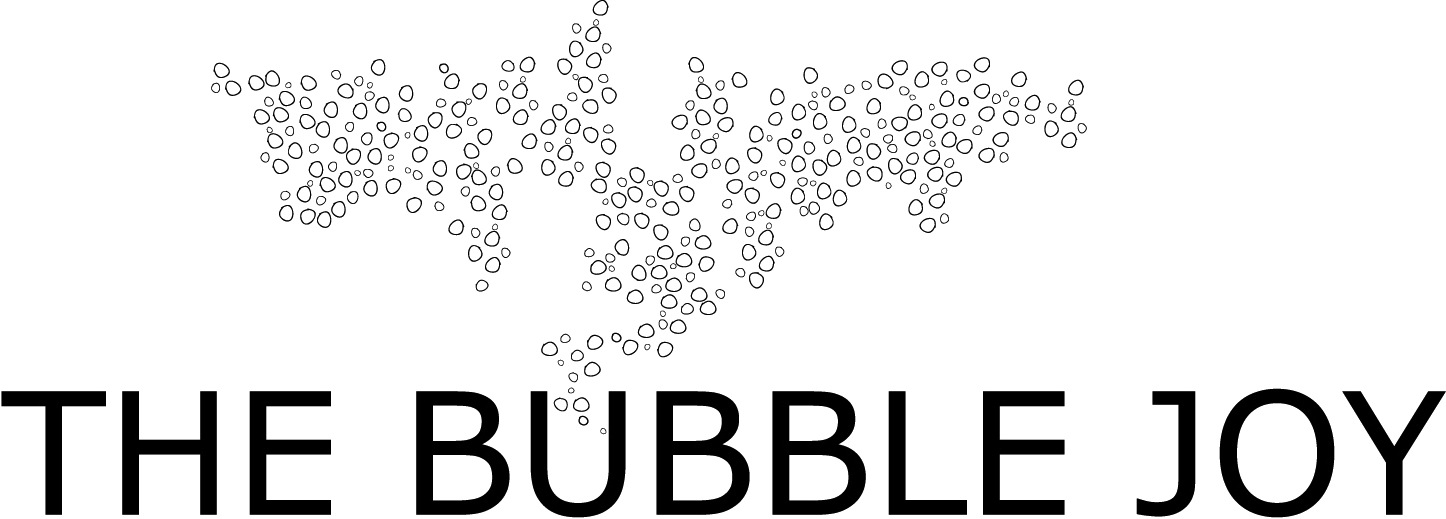Yesterday, Etsy, the online marketplace dedicated to all things handmade, went public. The share price was $16. I bought a bunch. I am filing this post under "Mistakes" because maybe I just made a costly one. But I don't think so. The source of my confidence is an aspect of Etsy that is too little discussed. I'll get to that in a minute. But first, a quick introduction of Etsy. (I've peppered this post with images of products I purchased over the years on this fabulous marketplace. Click on each photo for information.)
Etsy's Foundation
Etsy was founded in 2005 in Brooklyn, New York, by Rob Kalin, an artist who wanted to sell online but who was frustrated with eBay and other existing e-commerce sites. When Etsy opened its virtual doors, it offered an easy platform for creative entrepreneurs to take the leap into selling. Kalin always likened the Etsy interface and the coding behind it to "craft" that was handmade with as much love as the art that Etsy members bought and sold. Here's a fun post written by Kalin three years in.
Super Growth
In the decade since its founding, Etsy has seen enormous growth. Here are the stats as of December 2014, from the Etsy prospectus:
Etsy has 54 million members, including 1.4 million active sellers and 19.8 million active buyers
Members are from nearly every country in the world
In 2014, Etsy sellers generated GMS (gross merchandise sales) of $1.93 billion
36.1% of transactions came from purchases made on mobile devices
30.9% of transactions came from an Etsy seller or an Etsy buyer outside of the United States.
Etsy Loves Rules
Etsy's values need a quick explanation as well. Originally, the site governed its sellers with three strict categorical rules that applied to listings: products had to be either a) handmade, b) vintage/antiques, or c) craft supplies. As Etsy grew, and its makers became more successful, these rules became controversial. Some makers outsourced some steps of production; some made use of manufacturing advances such as laser cutters or 3-d printers; some hired help. These practices deviated from Etsy's rules, and other makers cried foul. Etsy found itself in a difficult situation.
Eventually, Etsy relaxed its definition of what constituted "handmade" to allow wiggle room for some of the realities faced by creatives whose Etsy business was growing. In my opinion, the company would not be here today if it hadn't adapted. But many members felt that Etsy sold out. Here is an interview with the current CEO, Chad Dickerson, on the shift.
An Invite to Play
In early March, I received an email that went out to all Etsy members, detailing the upcoming IPO. In a very unusual move, Etsy set aside a portion of their stock to be made available to its members. I had a tax refund burning a hole in my pocket and I figured that since I'm not a bank nor do I own a private equity firm, this would be my best chance to participate in an IPO. Morgan Stanley was underwriting the deal, so I called the local office and asked for an advisor who could help me open an account.
I got Kirk Thode. He knew about Etsy and after seeing the way the market responded to Alibaba's IPO in September -- the biggest ever on earth -- he thought Etsy would fare well, if on a smaller scale.
Hoping Not to Get Gored by the Market
So I plunked down the cash that really should be going towards advertising and marketing of Finder Not Keeper. Why? Because Etsy is a company I can relate to. Their values mirror mine. Beginning from day one as a member, I consistently see a reflection of myself in the way Etsy conducts business. They may not be quite the charming church bazaar marketplace that they were ten years ago, but they remain committed to helping artists and crafters make a living.
And here's the thing that no one is talking about -- the secret sauce for why Etsy will succeed. Like all great companies, Etsy is much more than the products it sells or the valuation based on its financial metrics. Etsy is a community of people who mentor each other. It is a school with mind-boggling resources for anything you want to learn. It is a hub with vastly more traffic than any of their competitors. It is a gallery opening where artists can be discovered by anyone, including Martha Stewart. It is an audition on Shark Tank where companies like Anthropologie and Nordstrom are ready to buy. Etsy will succeed because it is a creative energy that has been harnessed.
Short and Sweet
So yes, Etsy seemed a good bet. A few hours after CEO Chad Dickerson rang the market bell (with vintage and handmade bells, of course) the stock price went pop! and I saw my investment double. That's when I realized it was time to bet on me. I called Kirk and told him to sell. I've cashed out and am excited to improve my very own little e-commerce site with a bit more green stuff than I had the day before. Yay.
If you enjoyed today's post, I invite you to join me every Friday. Subscribe below and we can swap tips!
Okay, in the end, that post really wasn't a mistake, was it? Here's a post about a real mistake with my domain name:








